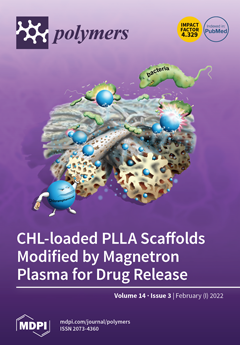MnO
2 and MnO
2 blended with 1 and 2 weight percent of activated carbon (AC), MnO
2/AC1 and MnO
2/AC2 were synthesized through the sol–gel method. The pure chitosan (CS) films were cast in the form of films. Similarly, 5 weight% of each MnO
2, AC, MnO
2/AC1 and MnO
2/AC2 was intermingled with the CS to produce different films, such as CS-AC, CS-MnO
2, CS-MnO
2/AC1 and CS-MnO
2/AC2. Zero-valent Co NPs were then supported on these films through the chemical reduction method and expressed as CS@Co, CS-AC@Co, CS-MnO
2@Co, CS-MnO
2/AC1@Co and CS-MnO
2/AC2@Co NPs. All the catalysts were characterized by field emission scanning electron microscopy (FESEM), energy-dispersive spectroscopy (EDS) and X-ray diffraction (XRD) techniques. The synthesized catalysts were used as a dip catalyst against the hydrogenation of 4-nitrophenol (4NP), and for the degradation of methyl orange (MO) and Congo red (CR) dyes. The
kapp and R
2 values were deduced from pseudo-first-order kinetics for 4NP and MO and zero-order kinetics for CR dye. The
kapp values of CS-AC@Co and CS-MnO
2/AC1@Co NPs for 4NP hydrogenation were higher than those for any other member of the series, at 1.14 × 10
−1 and 1.56 × 10
−1 min
−1 respectively. Similarly, the rate of CR degradation was highest with CS-AC@Co. The R
2 values for 4NP, MO and CR dyes were above 0.9, which indicated that the application of pseudo-first- and zero-order models were appropriate for this study. Furthermore, the antibacterial activity of all the catalysts was evaluated against
Pseudomonas aeruginosa and
Escherichia coli. The CS-AC@Co NPs exhibited the highest zone of inhibition compared to other catalysts against
P. aeruginosa, while all the catalysts were inactive against
E. coli. This study reveals that the catalyst can be used for the degradation of other pollutants and for microbial inhibition.
Full article






